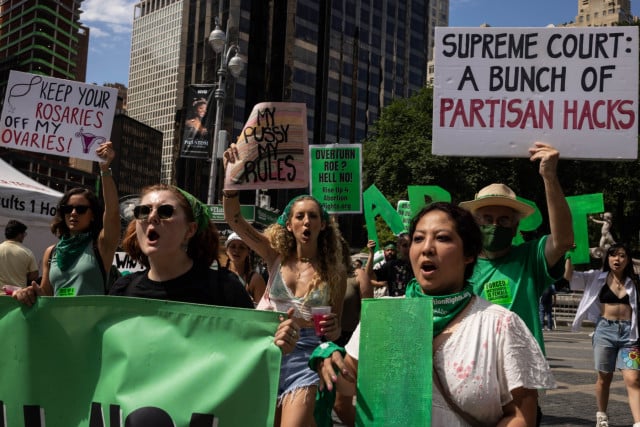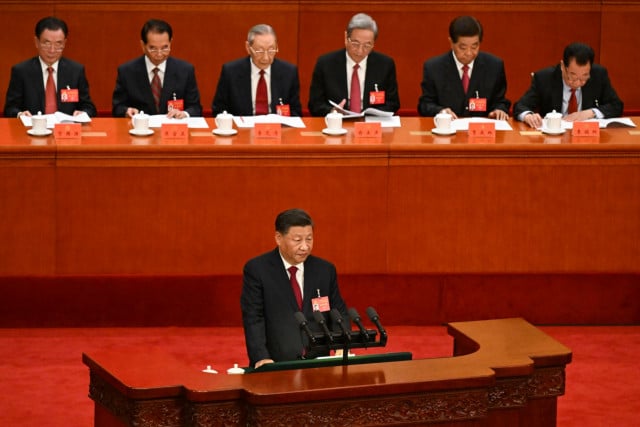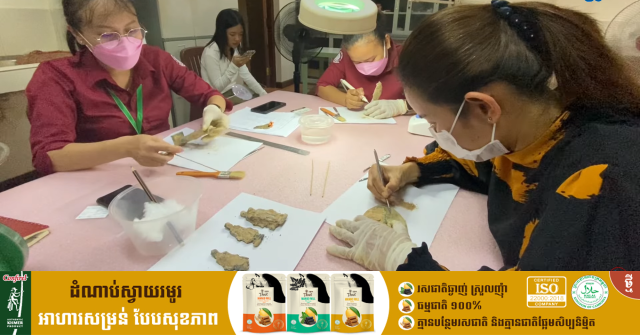“U.S. Supreme Court vs Adolescent Girls of the World”

- By Cambodianess
- July 10, 2022 10:00 AM
In a report entitled “Motherhood in Childhood: The Untold Story,” which was released in early July 2022, by the United Nations Population Fund (UNFPA)—the UN agency that, among other goals, is meant to help improve family planning and mother-and-child’s health—reported that nearly one third of women in developing countries had their first baby while they were still in their teens, with nearly half of those new mothers aged 17 or younger.
“Gender-based and income inequalities are highlighted as key in fueling teen pregnancies by increasing child marriage rates, keeping girls out of school, restricting their career aspirations, and limiting health care and information on safe, consensual sex,” the UNFPA press release on the report read. “Although more than half of those pregnancies were classified as ‘intended,’ young girls’ ability to decide whether to have children can be severely constrained.” According to the report, adolescent pregnancy is often—but not always—driven by a lack of meaningful choice, limited possibility to act if not force or coercion.
In conclusion, the UNFPA listed recommendations intended for political decision makers, especially the need to provide girls with a comprehensive sexuality education, mentoring, social support and quality healthcare.
This enlightening report was released a few days after the decision of the current U.S. Supreme Court to reverse the 1973 decision of the Supreme Court known as “Roe v. Wade,” which had until then prevented states from prohibiting abortion. In the wake of this announcement, numerous U.S. states in which so-called “pro-life” evangelists dictate the law have decided to immediately prohibit abortion, some states setting out heavy penalties for women who go through abortion and for those helping them.
So in the end, the majority on the highest U.S. court validates the idea of a divine essence of life that prevails over any other human consideration. According to this view, women’s wombs and their capacity to give life is up to God, not them. Therefore, young girls who have been raped could find themselves prosecuted like criminals if they go through abortion to eliminate the outcome of their rape.
What is the connection, will you ask, between the U.S. Supreme Court decision and the alarming teenage pregnancy issue in developing countries?
There especially is one since calling into question the right to abortion will have a negative effect on the right to birth control—a trivially human technique that also goes against the so-called “divine essence of life.”
This has a direct bearing on the United States where family planning activities and birth control education will be more difficult to conduct in some states. But shouldn’t we be concerned that American humanitarian organizations, and especially those under the aegis of churches, may make their support to this or that country conditional on the country’s position regarding abortion and birth control.
Let’s remember that, during the fight against AIDS, some U.S, organizations were making their support to recipients contingent on them adopting a policy advocating abstinence and prohibiting the use of condoms—the only truly effective mean to prevent the disease from spreading.
While the United Nations Population Fund recommends “comprehensive sexuality education” for girls to prevent early pregnancies and their tragic consequences on teenage girls, the decision of the U.S. Supreme Court revives obscurantisms that have at all times, wherever it is and no matter in the name of what god, stood in the way of education.
If the world fails to meet its duties toward teenage girls, in turn, the U.S. Supreme Court is severely undermining their rights to a dignified and decent life in the United States and elsewhere.















